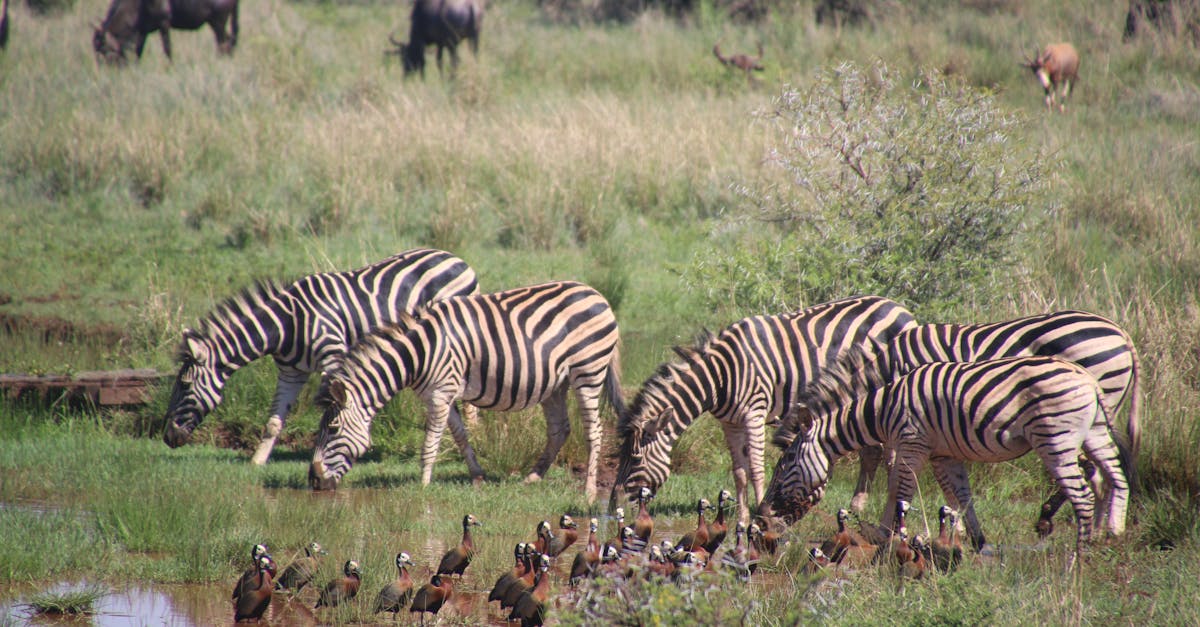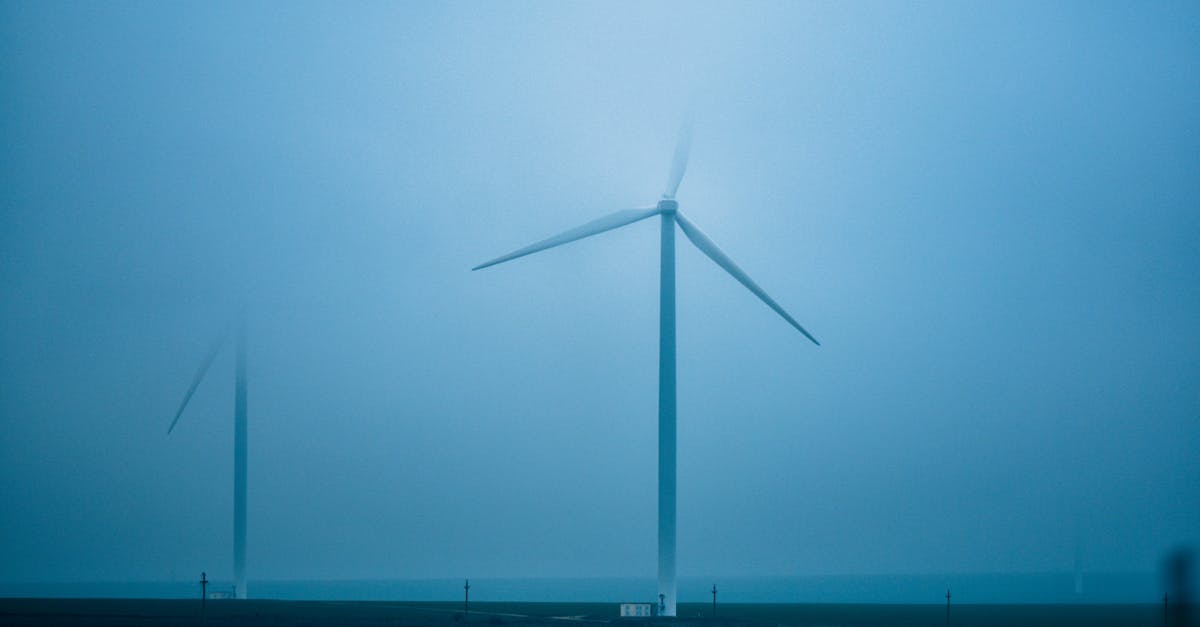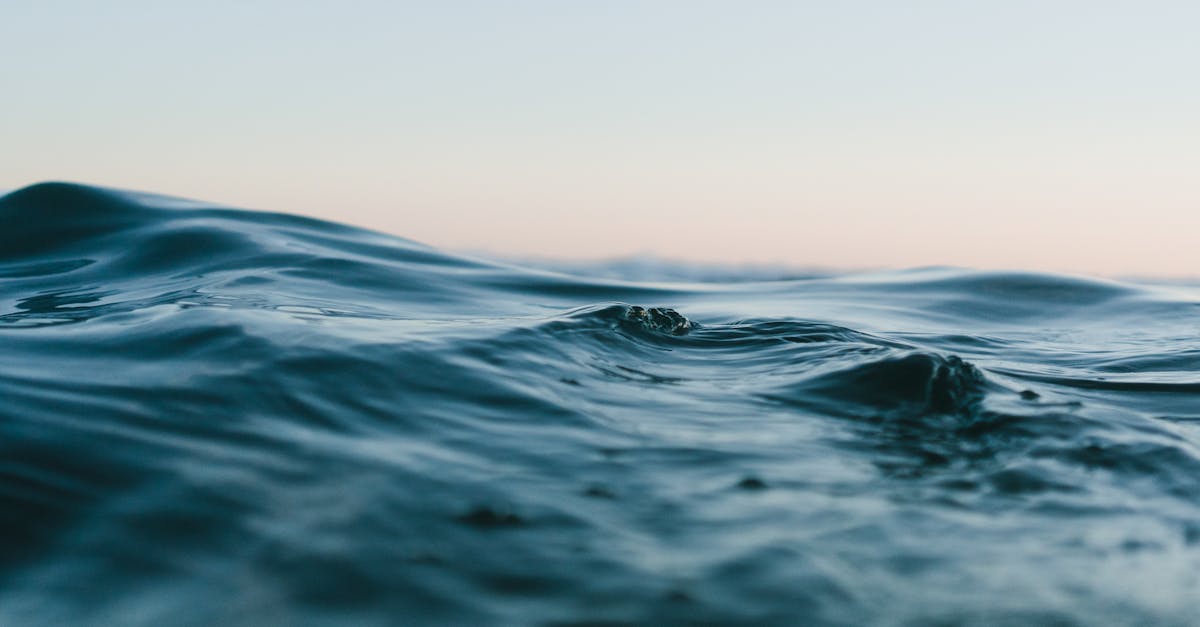Innovative Solutions and Sustainable Practices for Preserving Our Water Resources

Water is the elixir of life, sustaining human civilization and ecosystems for millennia. Yet, global water scarcity looms as a critical challenge, threatening our present and future well-being. This comprehensive guide will delve into innovative water conservation techniques, empowering you to make a tangible difference in preserving this precious resource. From cutting-edge technologies to simple daily habits, this article provides a roadmap for sustainable water use in modern living. Join the movement towards water conservation and secure a water-abundant future for generations to come.
1. Water Scarcity: A Pressing Global Issue
Thank you for reading this post, don't forget to subscribe!
Water scarcity is a pressing global issue with dire implications for the present and future. The United Nations estimates that by 2030, global demand for water will outstrip supply by 40%. This means that billions of people will face water shortages, leading to a cascade of challenges, including food insecurity, conflict, and displacement.
The causes of water scarcity are complex and multifaceted. Climate change is a major factor, as it intensifies droughts and alters precipitation patterns. Population growth and urbanization also contribute to the problem, as more people and industries compete for a finite water supply. Additionally, pollution and unsustainable water management practices further exacerbate the situation.
The consequences of water scarcity are far-reaching. For individuals, it can mean lack of access to safe drinking water, sanitation, and hygiene, leading to health problems and reduced quality of life. For communities, it can lead to social unrest and conflict, as people compete for dwindling water resources. For ecosystems, it can cause biodiversity loss and degradation of vital habitats.
It is imperative that we take action now to address water scarcity. This includes implementing water conservation measures, investing in sustainable water infrastructure, and promoting water-efficient practices in agriculture and industry. Individuals can also make a difference by conserving water in their daily lives and advocating for policies that support water sustainability.
2. Advanced Technologies for Water Conservation
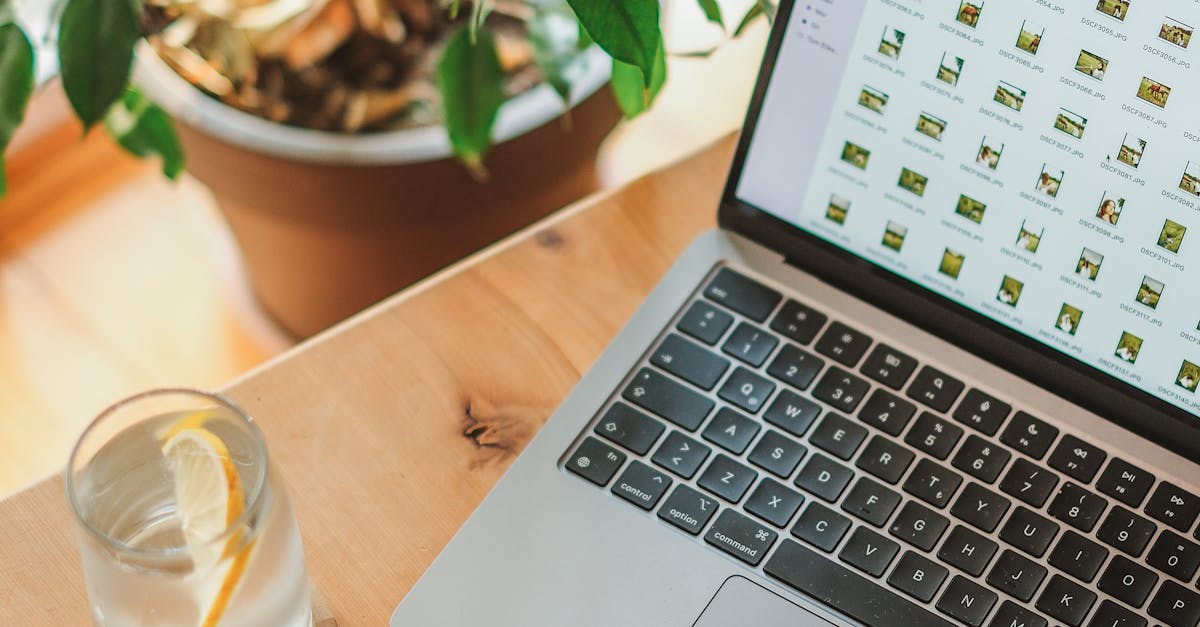
Advanced technologies are playing a vital role in water conservation efforts. Smart irrigation systems use sensors to monitor soil moisture levels and adjust watering schedules accordingly, ensuring that plants receive the water they need without waste. Leak detectors can quickly identify and pinpoint leaks in pipes and fixtures, enabling prompt repairs and preventing significant water loss. Low-flow appliances, such as toilets, showerheads, and faucets, reduce water consumption without compromising performance.
Another promising technology is water-efficient landscaping. By using drought-tolerant plants, mulch, and rainwater harvesting systems, homeowners can create beautiful and sustainable outdoor spaces that require minimal watering. For example, xeriscaping is a type of landscaping that uses native plants adapted to local climate conditions, reducing the need for irrigation.
The adoption of these advanced technologies can significantly reduce water consumption in both residential and commercial settings. Smart irrigation systems have been shown to save up to 30% on water bills, while low-flow appliances can reduce water use by up to 50%. By embracing these innovative solutions, we can make a substantial contribution to water conservation and ensure a more sustainable future.
3. Water-Efficient Practices for Daily Life
Incorporating water-efficient practices into our daily routines is crucial for water conservation. Simple changes, such as taking shorter showers, fixing leaky faucets, and watering plants during cooler hours of the day, can make a significant difference. When brushing our teeth, we can turn off the water while we brush, saving several gallons of water per day.
In the kitchen, we can wash fruits and vegetables in a bowl instead of under running water, and use the dishwasher only when it is full. When washing dishes by hand, we can use a stopper to fill the sink instead of letting the water run continuously.
Water-efficient habits extend to laundry as well. Washing clothes in cold water and using shorter wash cycles can save both water and energy. Additionally, we can avoid washing clothes that are not visibly dirty and opt for air drying instead of using the dryer.
4. Water Conservation in Landscaping
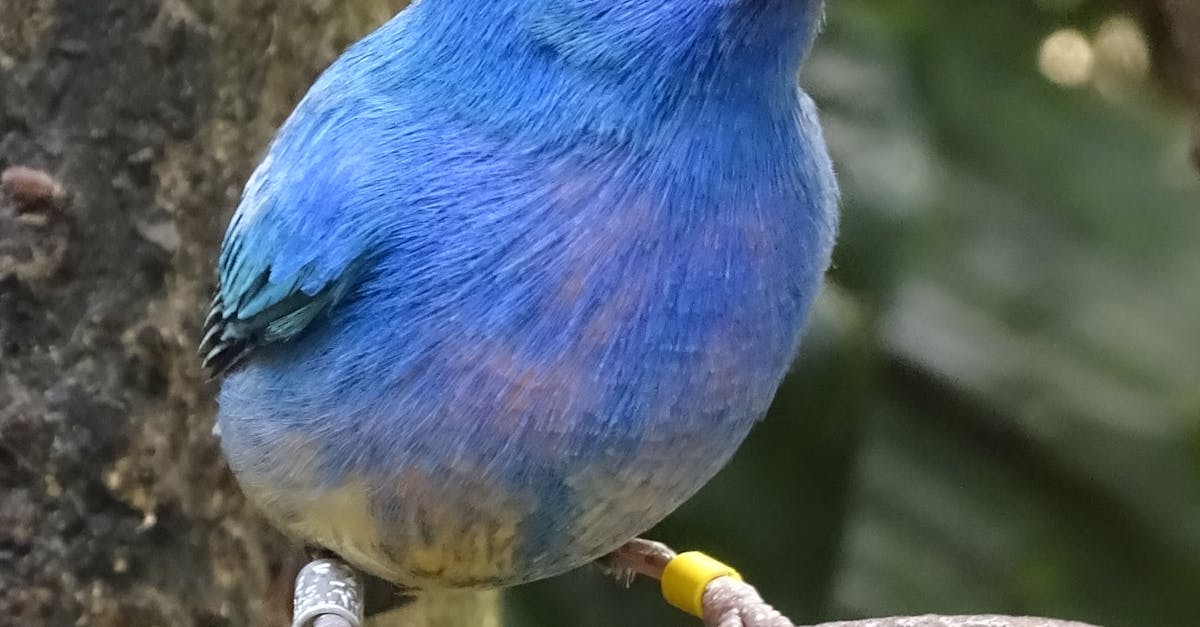
Water conservation in landscaping is essential for creating sustainable outdoor spaces in water-scarce regions. Drought-tolerant plants, also known as xeriscape plants, are a key element of water-wise landscaping. These plants have adapted to survive with minimal water and can thrive in dry conditions. Examples of drought-tolerant plants include succulents, cacti, and native plants.
Mulching is another effective water conservation technique. Mulch is a layer of organic material, such as shredded bark or compost, that is spread around plants to retain moisture in the soil. Mulch helps to reduce evaporation and suppress weeds, which compete with plants for water.
Rainwater harvesting systems collect and store rainwater for later use in irrigation. Rain barrels and cisterns are common types of rainwater harvesting systems. By capturing and utilizing rainwater, we can reduce our reliance on municipal water supplies and conserve this precious resource.
5. Benefits of Water Conservation
Conserving water offers a multitude of benefits, including cost savings, environmental protection, and ensuring water security for future generations. By reducing our water consumption, we can lower our water bills and free up financial resources for other essential expenses. Water conservation also helps to protect the environment by reducing pollution and preserving aquatic ecosystems. For example, reducing fertilizer use in landscaping helps to prevent nutrient runoff into waterways, which can lead to algal blooms and other water quality problems.
Water conservation is essential for ensuring water security in the face of growing populations and climate change. By conserving water now, we can help to ensure that there is enough water to meet the needs of both humans and the environment in the years to come. This is especially important in regions that are experiencing water scarcity or drought conditions.
6. Call to Action: Embrace Water Conservation
Water conservation is a collective responsibility, and each of us has a role to play in ensuring a sustainable water future. By implementing the water-saving techniques outlined in this article, we can make a meaningful difference in our water consumption. Simple changes, such as taking shorter showers, fixing leaky faucets, and watering plants efficiently, can add up to substantial water savings over time.
We can also inspire others to embrace water conservation by sharing our knowledge and experiences. By talking to our friends, family, and community members about the importance of water conservation, we can raise awareness and encourage others to adopt sustainable practices. Together, we can create a ripple effect that leads to widespread water conservation and a more water-secure future.
Water conservation is not just about saving water for today, but also for generations to come. By conserving water now, we can help to ensure that our children and grandchildren have access to this precious resource in the years to come.
What are some of the most effective water-saving technologies?
Some of the most effective water-saving technologies include smart irrigation systems, leak detectors, and low-flow appliances. Smart irrigation systems use sensors to monitor soil moisture levels and adjust watering schedules accordingly, ensuring that plants receive the water they need without waste. Leak detectors can quickly identify and pinpoint leaks in pipes and fixtures, enabling prompt repairs and preventing significant water loss. Low-flow appliances, such as toilets, showerheads, and faucets, reduce water consumption without compromising performance.
How can I incorporate water-efficient practices into my daily routine?
There are many simple ways to incorporate water-efficient practices into your daily routine. Some examples include taking shorter showers, fixing leaky faucets, and watering plants during cooler hours of the day. When brushing your teeth, you can turn off the water while you brush, saving several gallons of water per day. In the kitchen, you can wash fruits and vegetables in a bowl instead of under running water, and use the dishwasher only when it is full. When washing dishes by hand, you can use a stopper to fill the sink instead of letting the water run continuously.
What are the benefits of water conservation?
Conserving water offers a multitude of benefits, including cost savings, environmental protection, and ensuring water security for future generations. By reducing our water consumption, we can lower our water bills and free up financial resources for other essential expenses. Water conservation also helps to protect the environment by reducing pollution and preserving aquatic ecosystems. For example, reducing fertilizer use in landscaping helps to prevent nutrient runoff into waterways, which can lead to algal blooms and other water quality problems. Water conservation is essential for ensuring water security in the face of growing populations and climate change. By conserving water now, we can help to ensure that there is enough water to meet the needs of both humans and the environment in the years to come.
